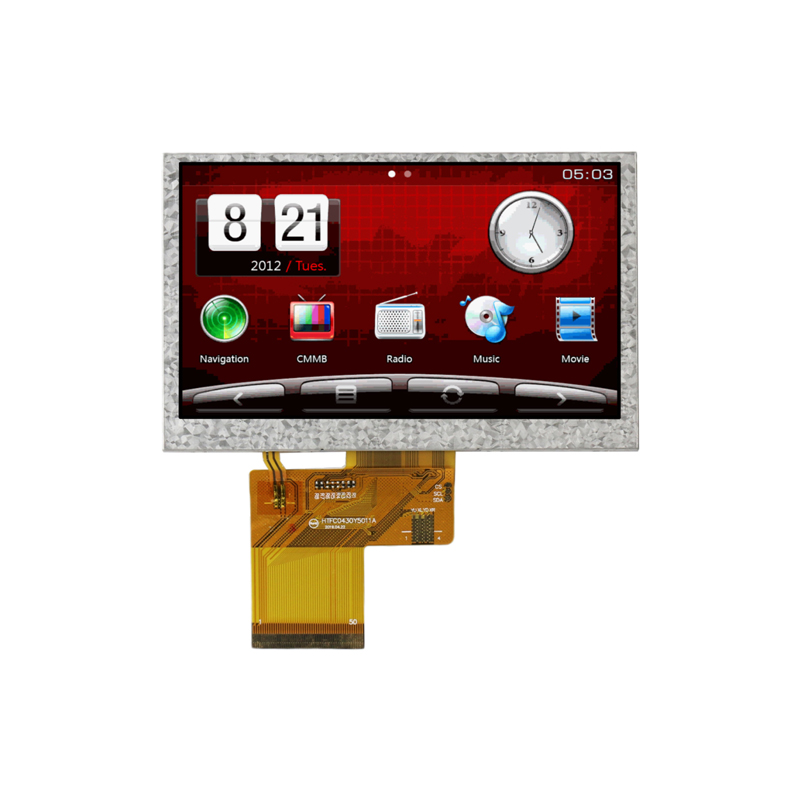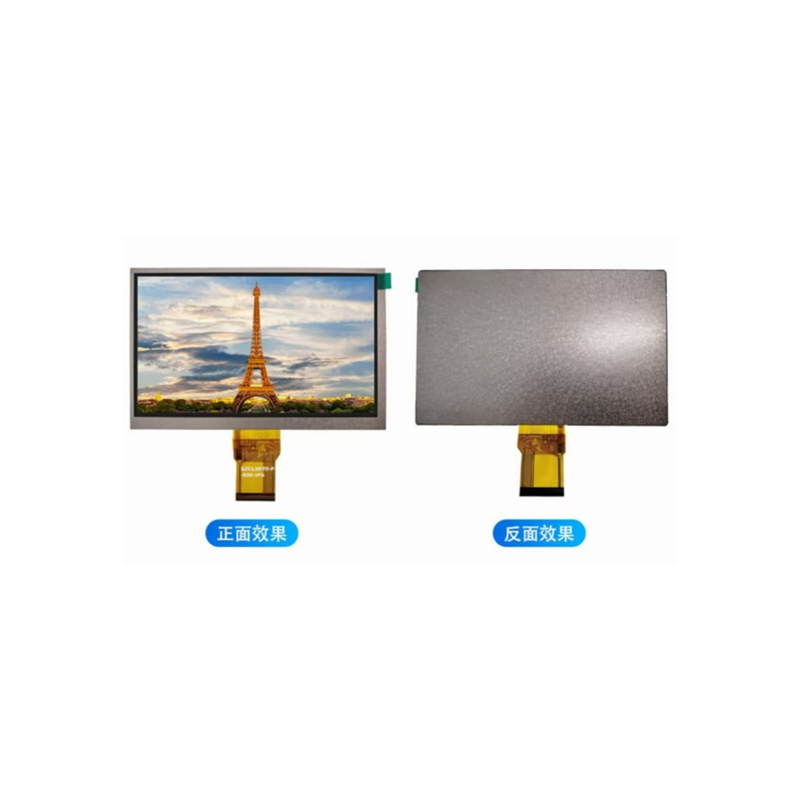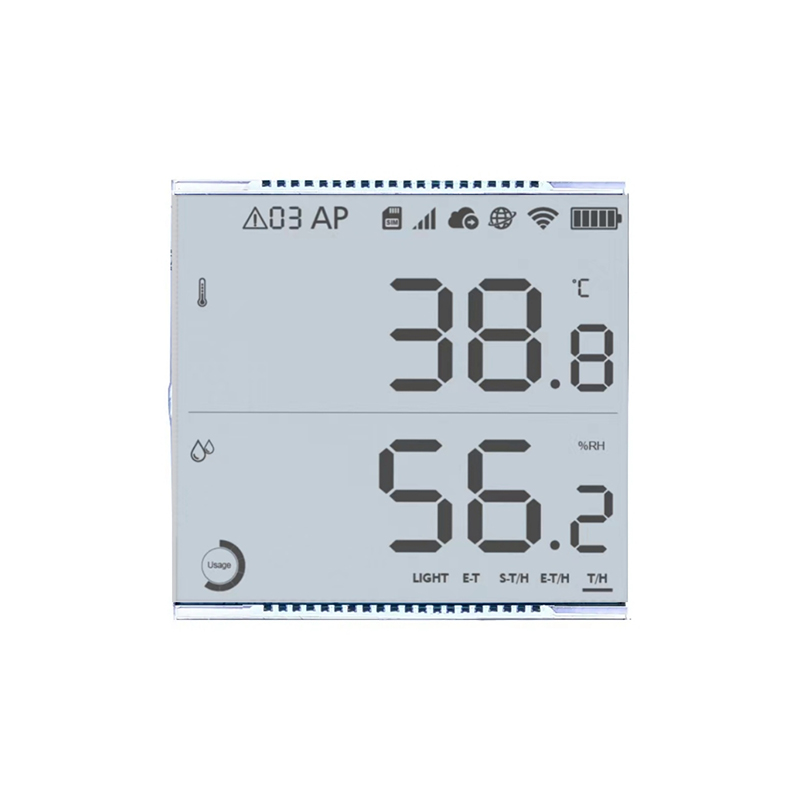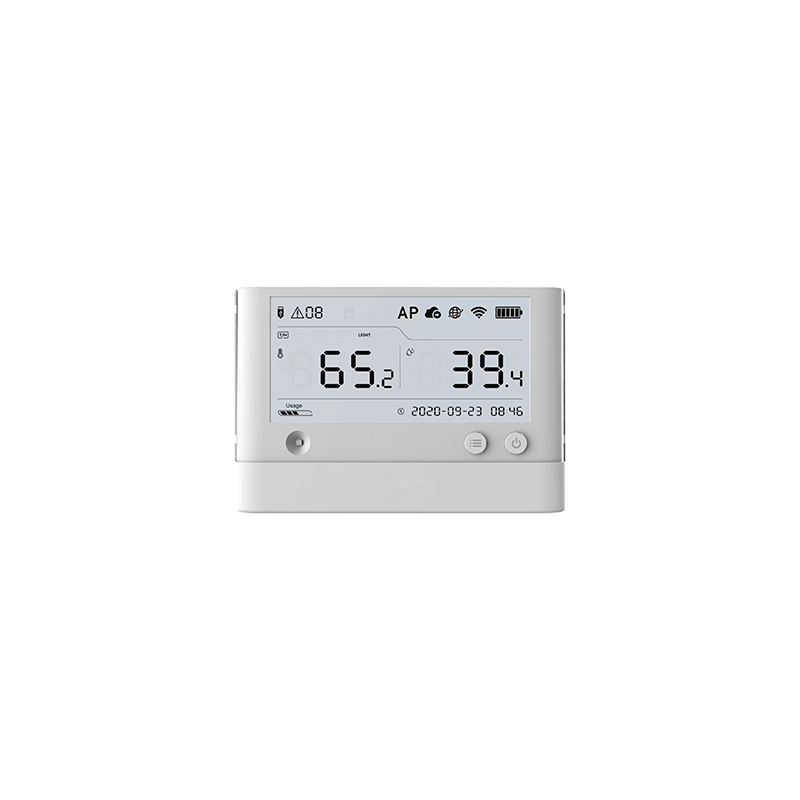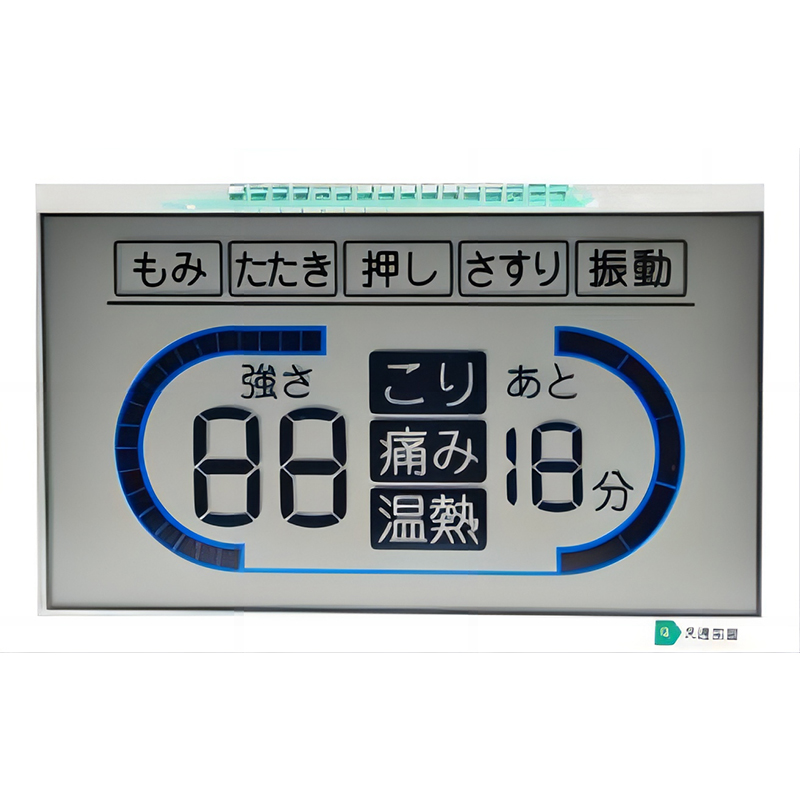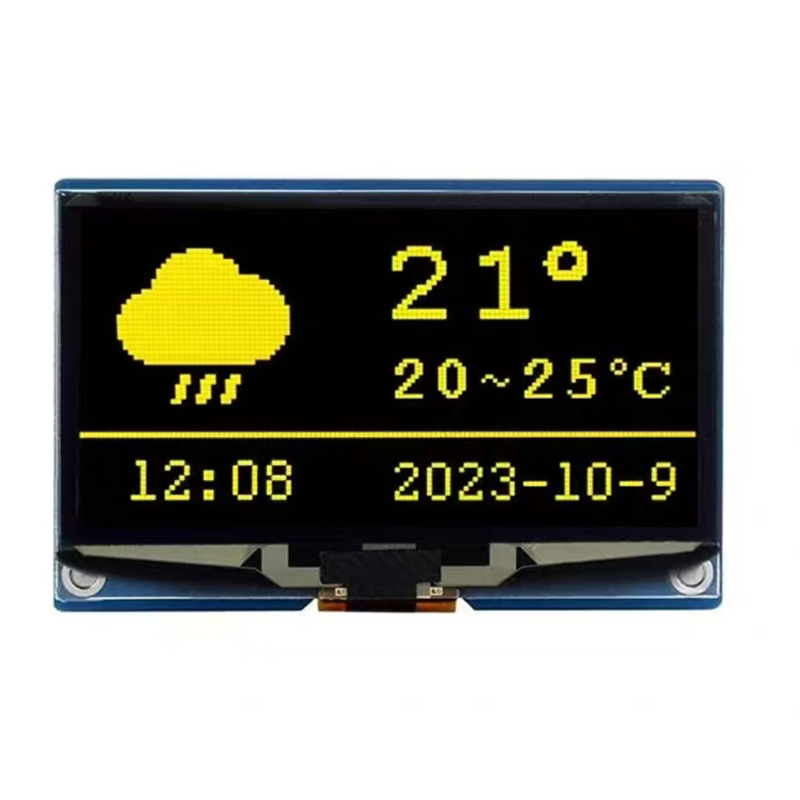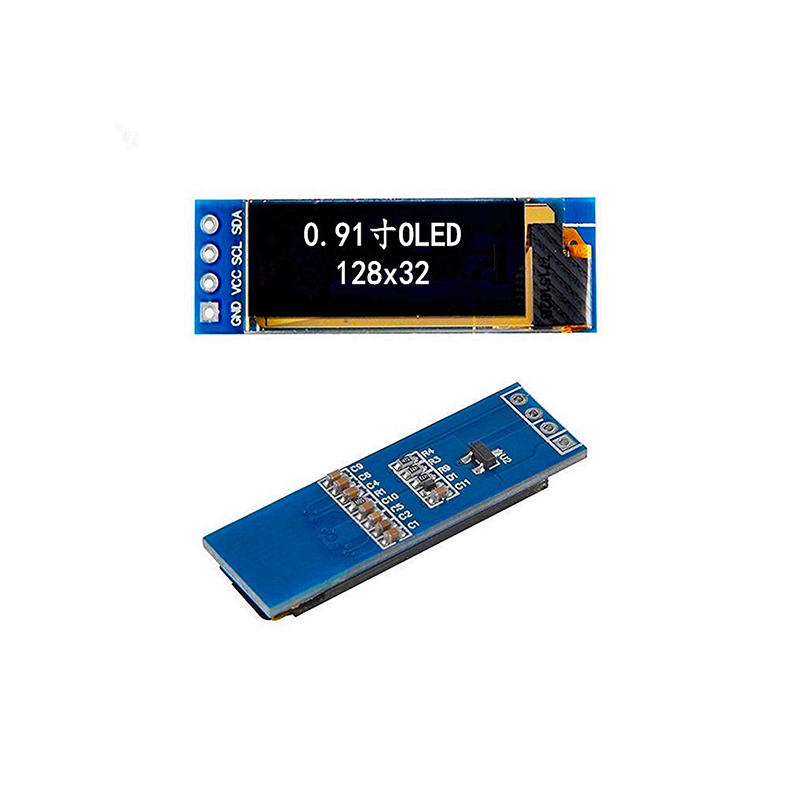RGB TFT Display: A Comprehensive GuideThis guide provides a detailed overview of RGB TFT displays, covering their technology, applications, and key considerations for selection. We explore different types, resolutions, and crucial specifications to help you understand and choose the right display for your needs.
Understanding RGB TFT Display Technology
What is an RGB TFT Display?
A
RGB TFT display (Thin Film Transistor) is a type of liquid crystal display (LCD) that uses thin-film transistors to control the individual pixels on the screen. Unlike passive matrix LCDs, TFT displays offer superior image quality, faster response times, and higher contrast ratios. The RGB refers to the use of red, green, and blue subpixels to create a full spectrum of colors. Each subpixel is individually controlled by a transistor, enabling precise color and brightness control for each pixel. This results in sharper images and a wider viewing angle compared to other LCD technologies.
How RGB TFT Displays Work
Liquid crystals themselves don't emit light; they modulate the light passing through them. In a
RGB TFT display, a backlight (usually LED) illuminates the liquid crystals. The TFT transistors act as switches, controlling the voltage applied to each liquid crystal, thereby determining the amount of light passing through each subpixel and ultimately controlling color and brightness. This precise control allows for vibrant and detailed images.
Advantages of RGB TFT Displays
High Resolution:
RGB TFT displays can achieve very high resolutions, making them ideal for applications requiring sharp, detailed images. Fast Response Times: TFT technology leads to significantly faster response times compared to passive matrix LCDs, minimizing motion blur and making them suitable for dynamic content. Wide Viewing Angles: Unlike older LCD technologies,
RGB TFT displays offer wider viewing angles, maintaining image quality even when viewed from the side. High Contrast Ratios: The precise control of individual pixels results in high contrast ratios, leading to richer and more vivid colors. Vibrant Colors: The RGB subpixel structure enables the creation of a wide color gamut, resulting in accurate and lifelike colors.
Types and Specifications of RGB TFT Displays
Different Types of RGB TFT Displays
RGB TFT displays come in various types, categorized by size, resolution, interface type, and other specifications. Common types include: Standard RGB TFT Displays: These are widely used in a variety of applications, from mobile phones and tablets to monitors and industrial equipment. High-Resolution RGB TFT Displays: Designed for applications requiring exceptional detail, such as medical imaging, industrial automation, and high-end monitors. Touchscreen RGB TFT Displays: These displays incorporate touch input capabilities, making them interactive and user-friendly.
Key Specifications to Consider
When choosing an
RGB TFT display, consider the following specifications: Resolution: Measured in pixels (e.g., 1920x1080), it determines the sharpness and detail of the image. Screen Size: The physical dimensions of the display (measured diagonally in inches). Aspect Ratio: The ratio of the display's width to its height (e.g., 16:9, 4:3). Response Time: The time it takes for a pixel to change from one color to another, measured in milliseconds (ms). A lower response time is better for dynamic content. Brightness: Measured in candelas per square meter (cd/m2 or nits), it indicates the display's luminance. Contrast Ratio: The ratio of the brightest white to the darkest black the display can produce. A higher contrast ratio leads to better image depth and clarity. Viewing Angle: The range of angles from which the display can be viewed without significant color or contrast shifts.
Applications of RGB TFT Displays
RGB TFT displays are ubiquitous across numerous industries and applications, including: Consumer Electronics: Smartphones, tablets, laptops, televisions, and digital cameras. Industrial Automation: Machine control panels, process monitoring systems, and industrial instrumentation. Automotive: Instrument clusters, infotainment systems, and navigation displays. Medical Equipment: Medical imaging systems, patient monitoring devices, and surgical displays. Point-of-Sale (POS) Systems: Retail displays and kiosks.
Choosing the Right RGB TFT Display
Selecting the appropriate
RGB TFT display depends heavily on your specific application requirements. Carefully consider the factors discussed above, such as resolution, screen size, response time, brightness, and viewing angle. For specialized applications, consulting with a display specialist can ensure you select the best solution. For high-quality displays and expert consultation, explore the options available at
Dalian Eastern Display Co., Ltd.Conclusion
RGB TFT displays are a cornerstone of modern technology, providing high-quality visuals in a wide array of applications. Understanding their technology, specifications, and diverse uses is crucial for making informed decisions when selecting a display for any given project. By considering the factors outlined in this guide, you can ensure you choose the optimal
RGB TFT display for your specific needs.





